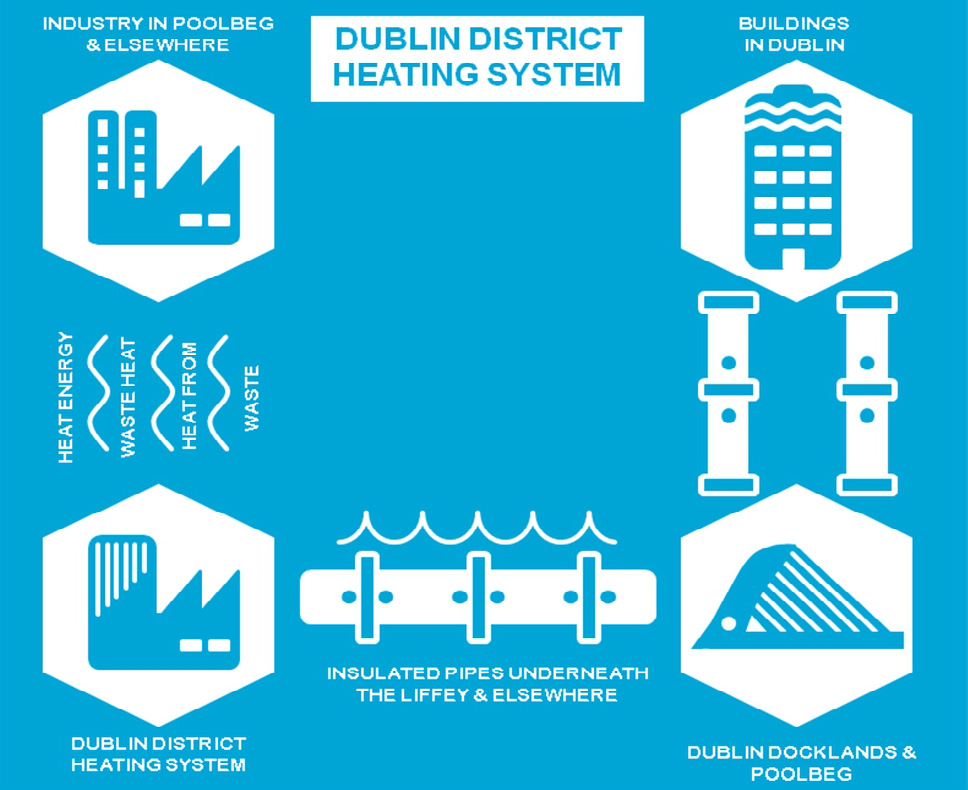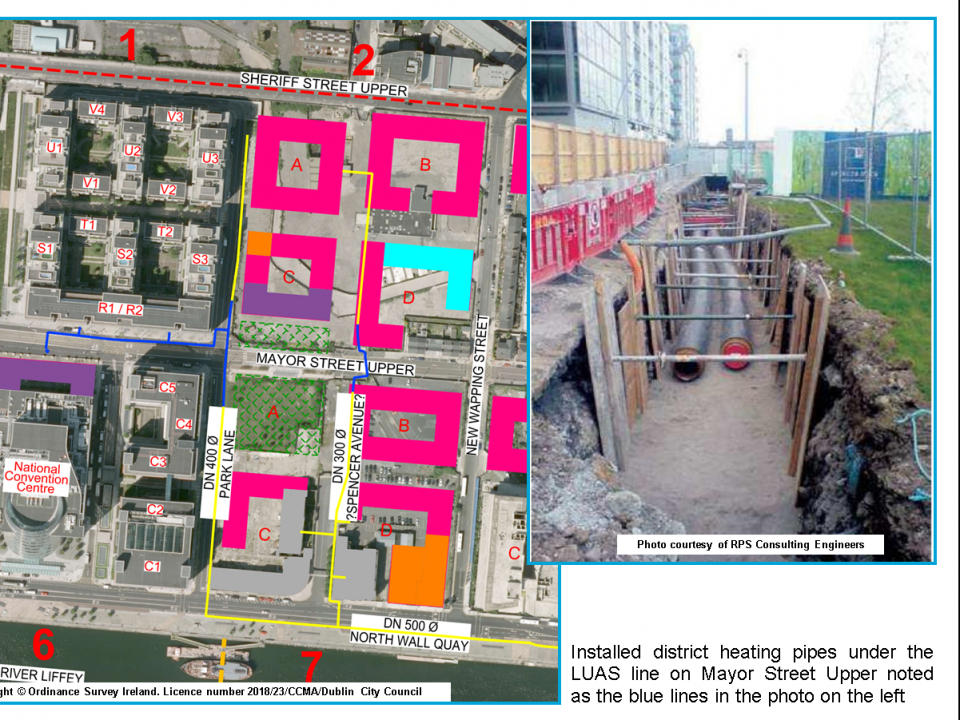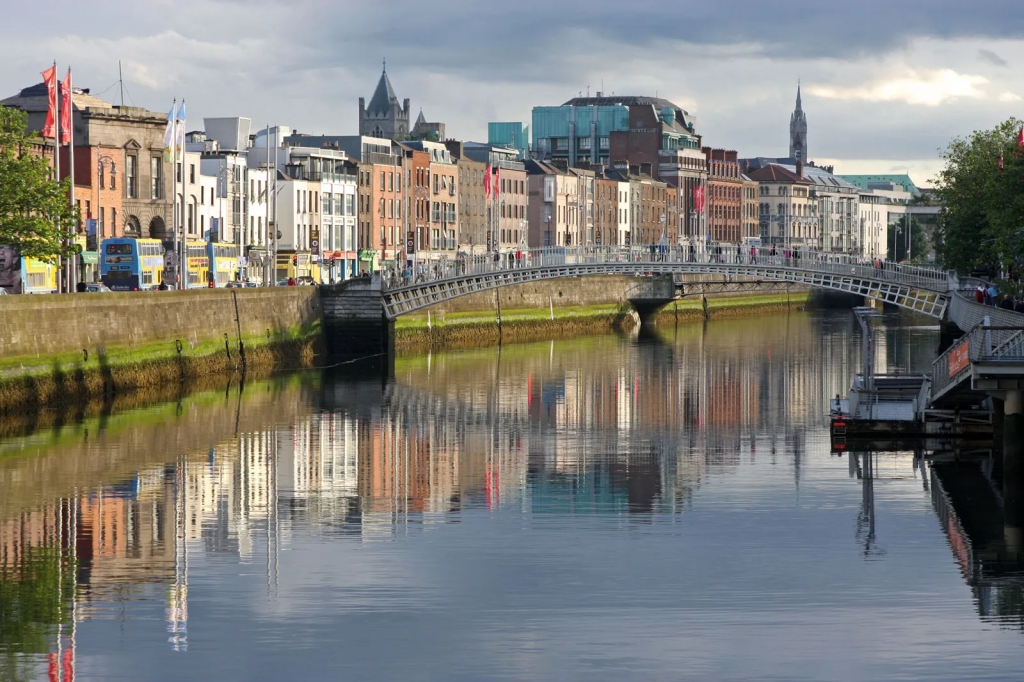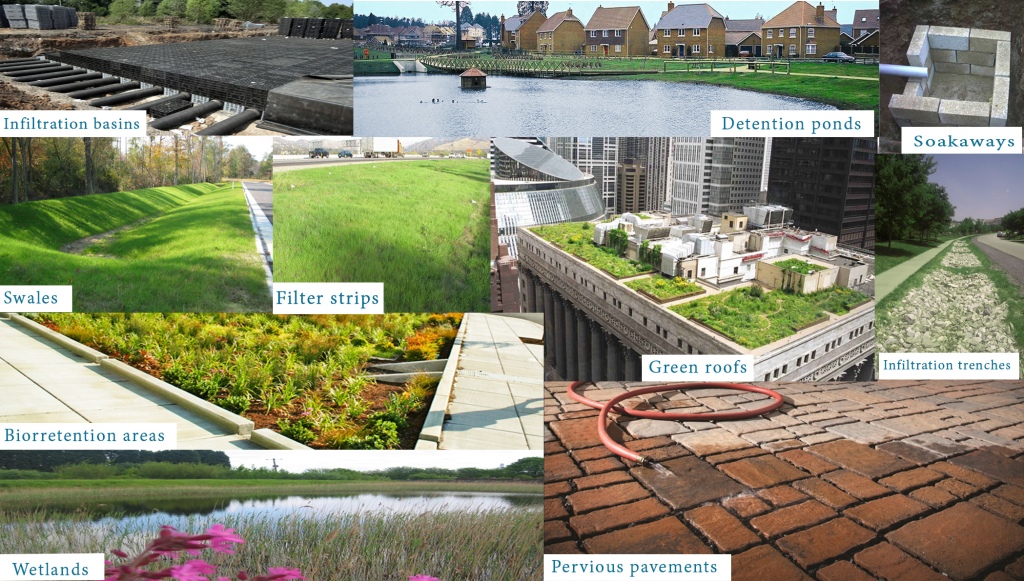“Climate change is one of the most pressing global public policy challenges facing governments today.”
Codema, Dublin City Council, Environment Strategic Policy Committe
As an incoming student of Northeastern University’s abroad program, I’ll spend the first semester of my college freshmen year in Dublin, Ireland. But before I depart for this extraordinary adventure, I want to briefly understand how this city is doing regarding addressing climate change.
After browsing the internet, I stumbled upon Dublin’s climate change action plan for 2019-2024, prepared by Codema, an energy agency in Dublin city, in cooperation with the Environment Strategic Policy Committee and the Dublin City Council members. Throughout this 128 pages plan, I found vital information about their mitigation and adaptation projects concerning climate change. Bellow are a few I found noteworthy.
Mitigations
Mitigation Plan No.1: Energy & Buildings
The Dublin District Heating System is one of Dublin’s multiple mitigation plans under the genre of Energy & Buildings. This system focuses on supplying houses and businesses in the areas of North Lotts, Grand Canal Dock, and the Poolbeg Strategic Development Zone with low-carbon heating. This heat source, coming from the Poolbeg Waste-to-Energy Plant, are waste heat delivered through insulated pipes to buildings connect to the system. By doing so, fossil fuel heating system is no longer needed, instead replaced by recycled heat.

Consisting of three phases (each phase establishes the connection of the system in a nearby location), this system is forcasted to be the largest district heating network in Ireland and will significantly reduce CO2 emission.
“This project will be the largest district heating network in the country and will save over 16,000 tonnes of CO2 when the three phases are up and running.”
Codema, Dublin City Council, Environment Strategic Policy Committe
Proposed in 2017, the implantation of the system was expected to begin in 2019 through 2020. However, due to COVID, the actual installation of the system did not begin until 2021. The complete implantation of the initial network is forcasted to take up to 5 years (between 2021-2026).

Mitigation Plan No.2: Transportation
Transporting with shared bikes and scooters are gradually becoming a favorable way of transporting with low carbon footprint. But in Ireland, not only do they share bikes and scooters, but also automobiles. The GoCar is a car sharing company founded as early as in 2008. It is Ireland’s largest car sharing operator, with as little as 500 vehicles across countries but as many as 30,000+ members.

“International studies have also shown a reduction in the number of kilometers travelled per year of more than 60% for car-sharing users.”
Codema, Dublin City Council, Environment Strategic Policy Committe
Car sharing operators like GoCar offers a convenient, cost-saving, sustainable alternative to car ownership, and according to the Dublin City Council, each GoCar can replace about 10-20 private cars, largely reducing the CO2 emission rate of private transportation.
Adaptation
Flood Resilience
The Liffey River, located at the heart of Dublin, is a tidal river that has posed a unique challenge for the city regarding flood risk. Due to its location, river and city walls protection requires a mix of approaches. For example, where access is required (like the boardwalks), the Dublin City Council (DCC) has built dams within the flood walls at these gaps. When a flood risk is forecasted, these demountable defenses can be closed manually.

The DCC has also implemented soft solutions such as requiring developments near the Liffey River to incorporate sustainable urban drainage systems and green infrastructure features to absorb rainfall.
“Dublin City Council’s policies and objectives intend to provide high-quality public infrastructure which aims to minimise waste, provide flood protection…protect and improve water resources/water dependent ecosystems and to support the green infrastructure network.”
Dublin City Development Plan 2016-2022

The Takeaway
After looking into Dublin’s climate change action plan, it is safe to say that the Dublin City Council, along with Codema, have together laid out an organized plan that is very prosperous and achievable. The 128 pages proposal I perused contains a much larger scheme than what I’ve summarized in this blog, but the two mitigation plans and the one adaptation plan discussed above seem much more feasible compared to some of the others and are what captured me the most. Though a path to carbon neutrality is foreseeable through the proposal, actions are yet to be taken, especially at such early stage, and especially when the pandemic has halted much of the progresses.
Climate change is a global phenomenon that every country is responsible for resolving. And though our planet’s temperature is deemed to continue rising due to past exploitation, we live on a planet that also belongs to the future generation, and it is our duty to do all we can to compensate for the damages done, so that 50 years from now, our children will not suffer and become climate refugees.
Qinhanming Jack Shi 4/10/2022
Works Cited
https://www.dublincity.ie/residential/environment/dublin-district-heating-system
Click to access 2019-dcc-climate-change-action-plan.pdf
Click to access spc-update-05-may-2021.pdf
https://www.codema.ie/projects/local-projects/dublin-district-heating-system-1/
One thought on “Climate Mitigation and Adaptation Plans of Dublin”